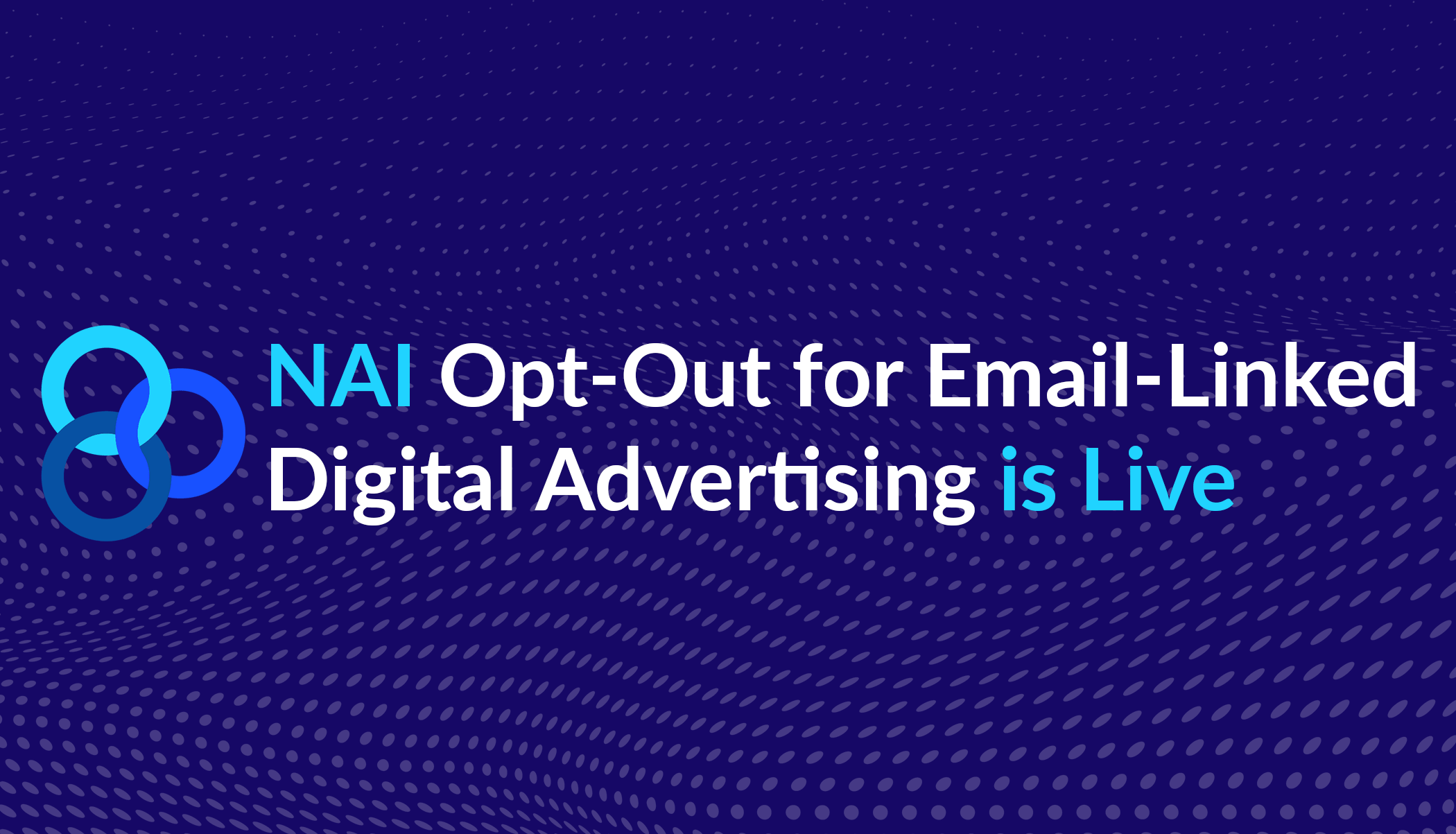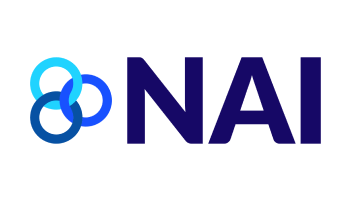Update on Viewed Content Advertising
The NAI’s “Guidance for NAI Members: Viewed Content Advertising” (Guidance) announced in 2018 that the collection of Viewed Content Data (VCD) for Viewed Content Advertising (VCA) would become a covered activity under the NAI Code, enforced on January 1, 2019. The addressable or advanced television space is still a nascent and developing technology, with a transition from traditional televisions and cable boxes to Smart TVs and TV-streaming devices. As large media companies continue to launch their own streaming platforms this year, it appears that the use of Smart TV-devices, that serve as a way to stream these platforms, will continue to grow.
As of January 1, 2019, NAI member companies collecting VCD for Personalized Advertising or Ad Delivery and Reporting purposes should have taken steps to comply with this Guidance. A major component of the NAI’s self-regulatory framework is user choice. Just as the NAI Code requires member companies to ensure that an easy-to-use choice mechanism is available for users to opt out of Personalized Advertising on their web browsers and mobile devices, the purpose of the Guidance is to ensure that a commensurate level of control is available on a television engaged in Personalized Advertising.
However, as was the case in the early days of advertising on mobile applications, the ability to provide a consistent choice mechanism in the television space is still maturing. Some technology platforms do not provide a built-in consumer choice mechanism, while others are not completely clear as to what constitutes an opt out or how such signals are shared with applications. This is an aspect of the connected-television space that will likely continue to evolve in the coming years, just as the mobile application ecosystems did before settling on the Mobile Ad Identifiers (Apple’s IDFA and Android’s GAAID) and consumer choice settings that many users are familiar with today.
In addition to those NAI member companies that collect data from connected televisions and streaming devices, some NAI members may engage in, or facilitate, the targeting of digital advertising on these devices based on data collected in more traditional web-based or mobile app-based settings, through Cross-Device Linking. Consistent with the NAI Code’s requirements for Cross-Device Linking, those NAI members must provide relevant disclosures on their own websites and a means for users to opt-out of receiving Personalized Advertising on their connected televisions or streaming devices.
Based on its 2019 compliance reviews of member companies to date, NAI compliance staff has noted a lack of consistency in how members disclose the collection and/or use of data on connected televisions and streaming devices, and how these members notify users of the choices that are available to them with respect to Personalized Advertising on these devices. Accordingly, throughout its 2019 compliance reviews, the NAI has been working with its members to help them provide adequate disclosures and clear instructions to consumer choice mechanisms for Personalized Advertising on connected televisions and connected devices. Additionally, the NAI has recently provided an instructional page for users, informing them how to locate and activate the privacy preferences on many of the most popular devices in the television space. The NAI provided a similar service in the mobile application space, but it is likely to be even more beneficial for televisions and connected devices, where a much broader variety of platforms, each with their own settings and preferences, currently occupy the market. The NAI urges all of its members to direct users to these instructions, when relevant, or to provide similar instructions to users in their own consumer choice pages and privacy disclosures.
In order to ensure a level playing field and avoid an advantage to the NAI members who underwent the 2019 compliance process earlier in the year, the NAI will work with all willing member companies until December 31, 2019 to help them provide adequate disclosures surrounding the collection and/or use of data for Personalized Advertising on connected televisions and streaming devices. On January 1st, 2020, NAI staff will begin stricter enforcement of these requirements in earnest, and NAI members who do not provide adequate disclosures or instructions for choice mechanisms, based on NAI staff’s judgement, will be subject to the NAI’s full enforcement procedures.
All NAI members who collect or use data on connected televisions or streaming devices for Personalized Advertising and Ad Delivery and Reporting should review their current disclosures, and instructions for consumer choice mechanisms to ensure they meet the requirements of the Guidance and the 2020 Code of Conduct ahead of January 1, 2020. Members can reach out to NAI staff with any questions about how to best comply with NAI requirements on these devices.
If you have any questions about the Guidance, or the Code generally, please reach out to NAI Compliance staff (compliance@networkadvertising.org).








